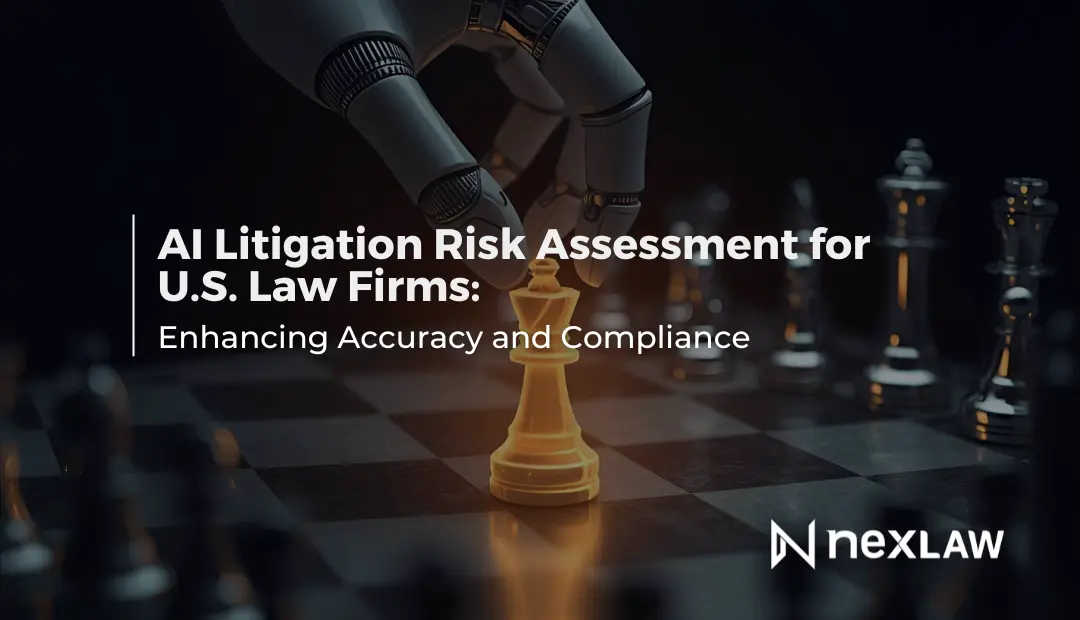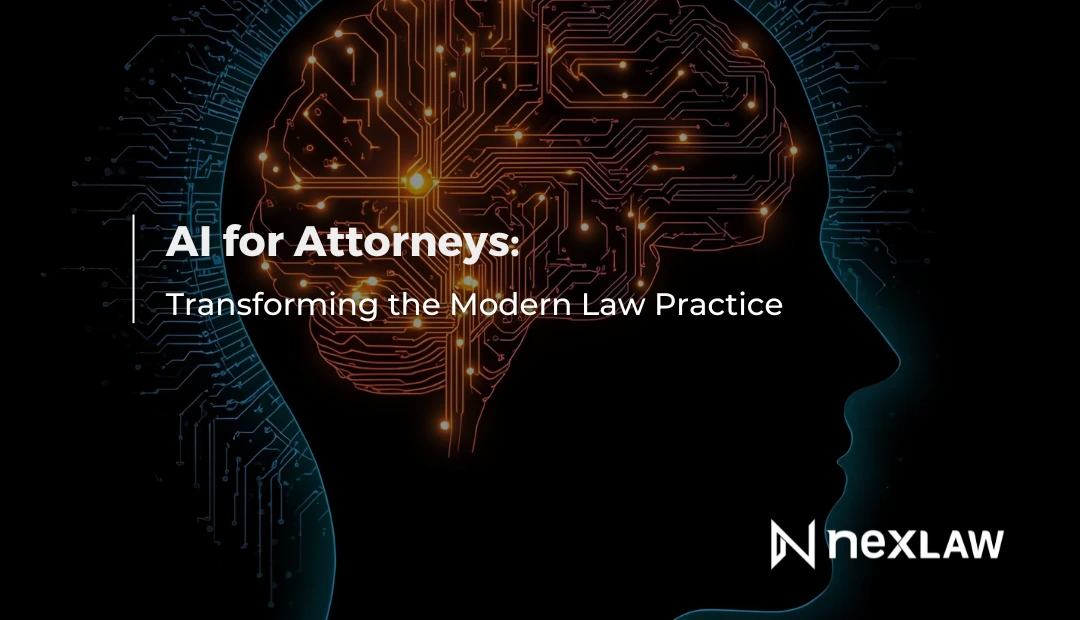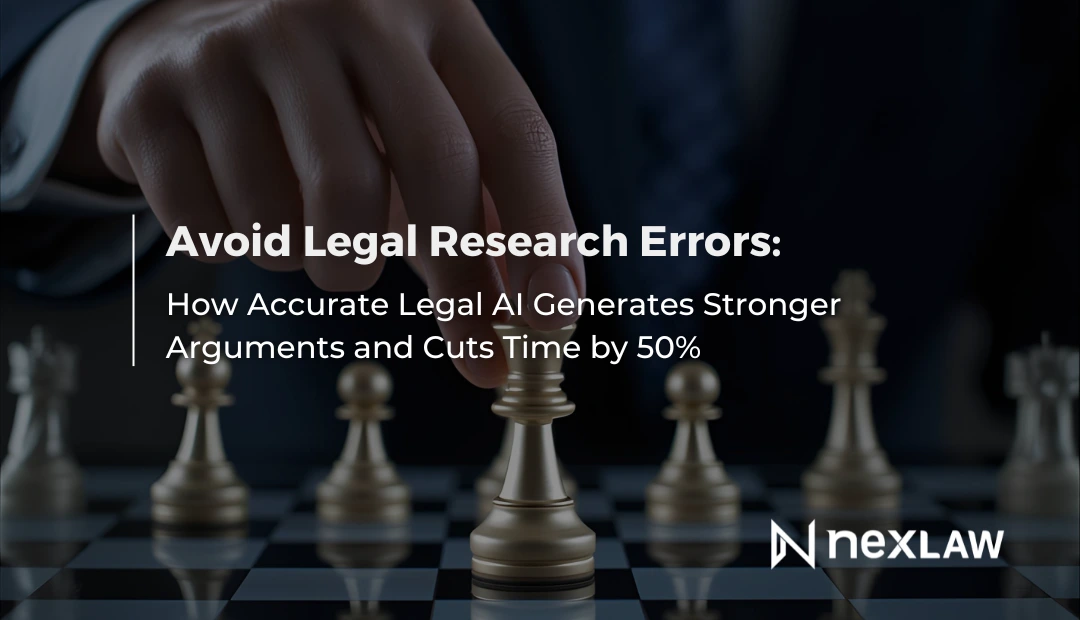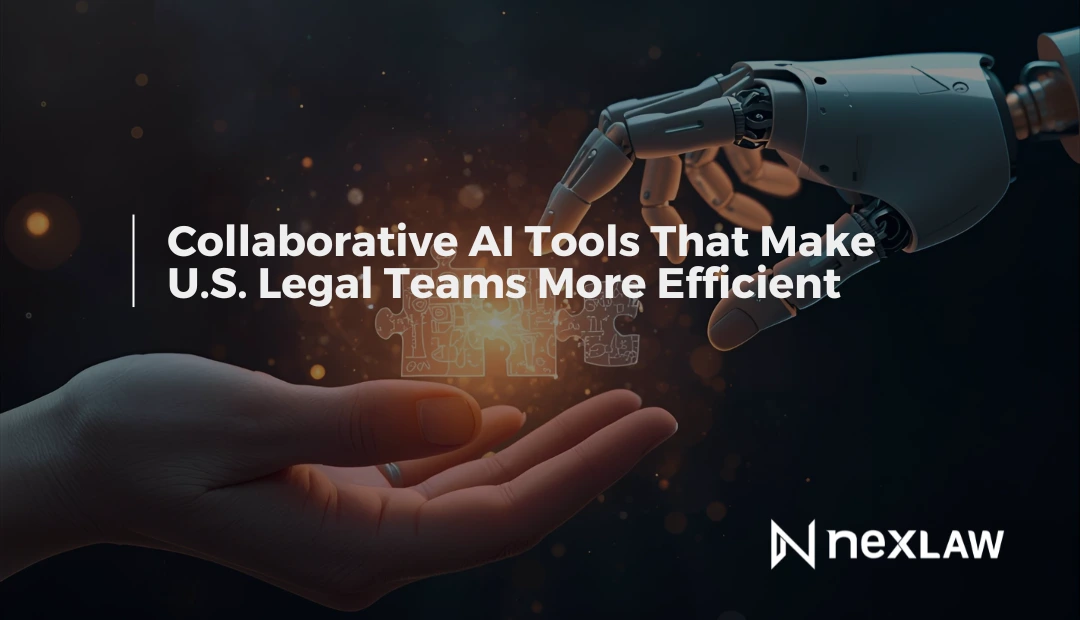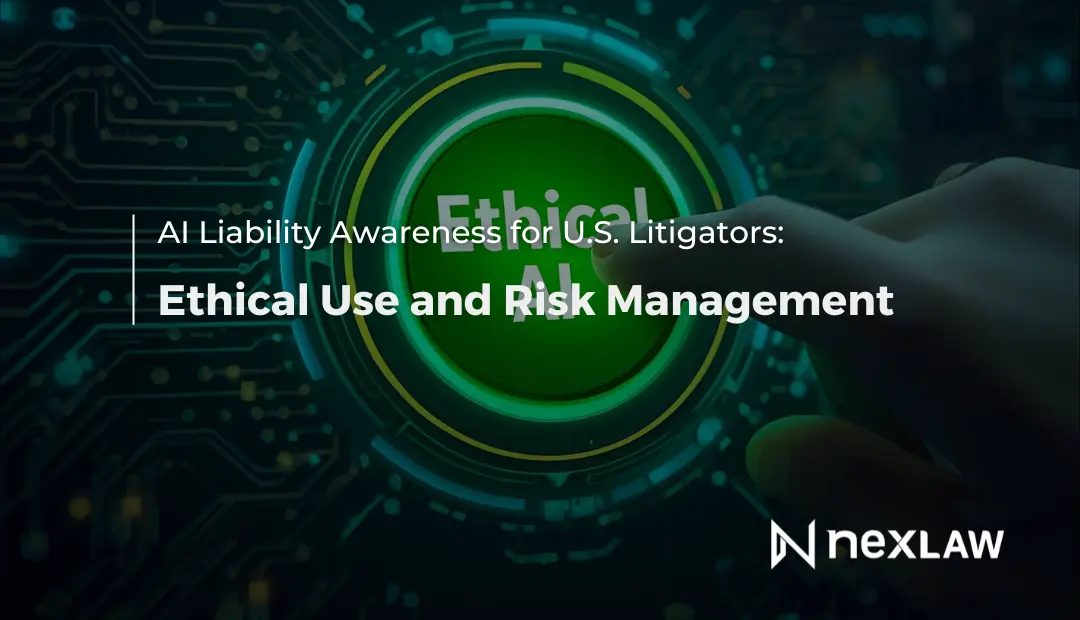AI Litigation Risk Assessment for U.S. Law Firms: Enhancing Accuracy and Compliance
The Evolving Legal Landscape
The legal profession in the United States faces increasing complexity. Rising case volumes, evolving regulations, and intricate litigation workflows challenge attorneys and law firms to maintain accuracy, efficiency, and compliance.
Unlock Legal Insights Instantly!
Artificial Intelligence (AI) is emerging as a tool that can assist legal professionals in navigating these challenges. By providing insights into potential risks and helping monitor critical workflows, AI supports U.S. law firms in reducing errors, optimizing strategies, and improving overall operational effectiveness.
Why AI Matters in Litigation Risk Assessment
AI tools can assist lawyers and litigation teams by:
- Identifying potential risks: AI can help organize and analyze case documents, contracts, and precedent research to highlight areas that may require extra attention.
- Supporting strategy: AI can help law firms prioritize tasks, monitor deadlines, and streamline workflows for court filings and discovery management.
- Maintaining compliance: With growing regulatory attention on AI, law firms can use these tools to integrate auditing and documentation features into daily operations.
While AI cannot replace professional judgment, it can act as an informed assistant, helping legal teams work more efficiently while maintaining oversight.
Common Areas of Risk in Litigation Without AI
Even experienced attorneys face challenges that AI can help mitigate:
- Oversights in case review: Large volumes of documents can increase the chance of missing critical precedent or procedural steps.
- Regulatory changes: Laws, rules, and court practices change frequently; AI can assist by tracking updates relevant to ongoing cases.
- Human errors in document drafting: Repetitive or detailed tasks, such as formatting and citation checks, can be error-prone.
- Resource allocation: Time spent on routine administrative tasks can limit attention to strategic legal work.
By offering organized insights and risk indicators, AI tools enable attorneys to focus on judgment-driven tasks while reducing the likelihood of avoidable errors.
Best Practices for AI-Enhanced Risk Assessment
U.S. law firms can implement AI responsibly by following these practices:
- Human Oversight: Attorneys should always review AI-generated outputs. AI should assist, not replace, legal decision-making.
- Audit Trails: Maintain clear documentation of AI usage in workflows to support transparency and regulatory compliance.
- Bias Awareness: Ensure that AI outputs are critically assessed for fairness, and that decisions are informed by professional judgment.
- Tool Selection: Choose AI platforms designed for legal practice that include features supporting compliance, document review, and workflow management.
These practices ensure that AI enhances litigation processes without compromising ethical or professional standards.
Benefits of AI in Litigation Risk Assessment
When integrated effectively, AI can provide tangible advantages for U.S. law firms:
- Streamlined workflows: By helping prioritize documents, deadlines, and tasks, AI can free attorneys to focus on high-value legal work.
- Consistency in review: AI tools can standardize aspects of document analysis and risk identification, reducing the likelihood of oversight.
- Support for pro-se litigants: Guided AI platforms can assist self-represented individuals in understanding and completing certain filings accurately.
- Enhanced compliance monitoring: Audit logs and documentation help law firms demonstrate responsible AI usage and adherence to ethical obligations.
AI supports a proactive approach to litigation management, allowing law firms to address challenges before they escalate.
Choosing the Right AI Platform
Not all AI tools are designed for litigation. General-purpose platforms may automate tasks but often lack features critical for legal workflows, such as court-ready formatting, document tracking, or integrated compliance monitoring.
Platforms designed specifically for U.S. litigation workflows offer:
- Drafting assistance for motions, briefs, and discovery documents
- Workflow tracking and deadline management
- Audit logs for compliance oversight
- Support features for both attorneys and self-represented litigants
Selecting an AI tool built with the unique demands of litigation in mind ensures efficiency while maintaining professional and ethical standards.
Integrating AI into Your Firm
To maximize the benefits of AI in litigation risk assessment:
- Assess needs: Identify areas where AI can assist with risk management, workflow efficiency, or document review.
- Implement gradually: Introduce AI in stages to ensure staff understand capabilities and limitations.
- Train attorneys and staff: Provide education on AI outputs, ethical considerations, and workflow integration.
- Review and refine: Continuously evaluate AI performance and oversight processes to maintain accuracy and compliance.
A thoughtful approach allows law firms to leverage AI while ensuring that professional judgment remains central.
Strategic Advantages of Ethical AI
Ethical, well-monitored AI offers advantages beyond operational efficiency:
- Proactive risk management: Anticipate potential issues in litigation before they become critical.
- Operational efficiency: Reduce manual, repetitive tasks and reallocate attorney time to strategy and client service.
- Ethical and compliant practice: Maintain oversight to ensure AI supports fairness, accuracy, and professional responsibility.
- Enhanced access to justice: Platforms supporting self-represented litigants help more individuals navigate the legal system safely.
AI, when implemented responsibly, complements the expertise of U.S. lawyers and enhances overall practice quality.
Conclusion
AI-driven litigation risk assessment is a valuable tool for modern law firms in the United States. By supporting error reduction, workflow efficiency, and compliance monitoring, AI enables attorneys to focus on strategic, judgment-driven work while maintaining ethical standards.
Selecting platforms designed for legal practice, offering audit logs, oversight integration, and support for both attorneys and pro-se litigants. Ensures that AI enhances efficiency without introducing risk. With careful integration, AI becomes a partner in litigation, helping law firms operate more effectively, serve clients better, and maintain professional integrity.
Lawyers who embrace AI today are shaping the legal profession of tomorrow. Whether you’re part of a litigation team, a solo attorney, or a paralegal eager to expand your role, NexLaw makes it possible.
NexLaw is designed to help paralegals and attorneys—solo or from small and mid-size—prepare cases more efficiently, with greater accuracy and strategic insight.
Book a Guided Demo — See how NexLaw fits seamlessly into your practice and transforms your workflows.
Start a Free 3-Day Trial — Explore NexLaw risk-free and experience firsthand how AI can enhance efficiency, accuracy, and client satisfaction.
*t&c applied | visit our website for more details
With NexLaw, the future of litigation is here - AI-powered, accurate, and accessible.
